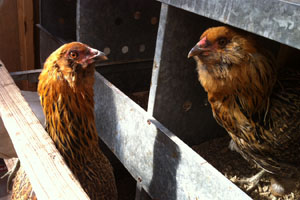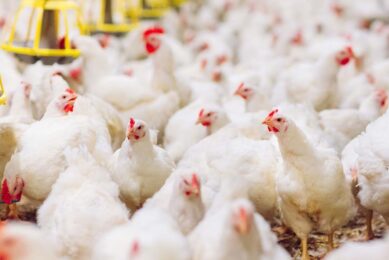Research: Nest box layers stress less than free range

Researchers from the Universities of Sydney and Melbourne observed hens in larger, multi-bird furnished cages and measured corticosterone (a stress hormone) levels in their plasma and egg albumen. The research results support recommendations that chickens have access to a nest box to lay their eggs without being disturbed.
Over the course of four experiments, the largest using 112 hens split between cages with and without nest boxes, found those with access to a secluded, darkened nest box had lower corticosterone levels during the time they sat down to lay their eggs.
University of Sydney senior lecturer Greg Cronin says this is because hens are evolutionarily driven to see as many chicks reach maturity as possible and prefer somewhere they won’t be interrupted.
“They want to find a spot where they’re protected and safe so their eggs have got the most chance of hatching and therefore they can reproduce,” he says.
“The birds that are the most relaxed are the ones that can sit for longer.”
However, while 71% of hens preferred to lay in the nest box, those unable to do so did not have higher corticosterone levels while they were searching for somewhere to lay, contrary to existing thought that pacing was a sign of stress and frustration.
The researchers wrote that welfare assessment outcomes can often be more influenced by public attitudes or political lobbying than evidence-based information.
“When the EU measures hen welfare in cages they’re not measuring physiology, they’re measuring their interpretation based on a score,” Dr Cronin says.
While she questions the reliability of corticosterone to accurately measure the welfare of chickens in cages, Murdoch University senior lecturer Trish Fleming says larger furnished cages with darkened nest boxes are the ideal environment for commercial hens as they have the space to fulfil most of their natural functions while still being controlled and protected.
She says while the public is being told free range is best, there are significant problems with feather pecking and cannibalism.
“The incidence of injuries is extremely high… as a consumer I’d like to buy free range eggs but I’m also aware that the welfare of those animals is possibly not better than if they were in a cage,” Dr Fleming says.
“Farmers very often don’t have a large say in what’s going on but they have the closest and best experience with what works on their farms and sometimes responding to public demands means that they have to act really quickly and not always have the capacity to deal with it.”
Dr Cronin says he is now researching the welfare implications of feather pecking and cannibalism in free-range environments.
Source: Science Network Western Australia













